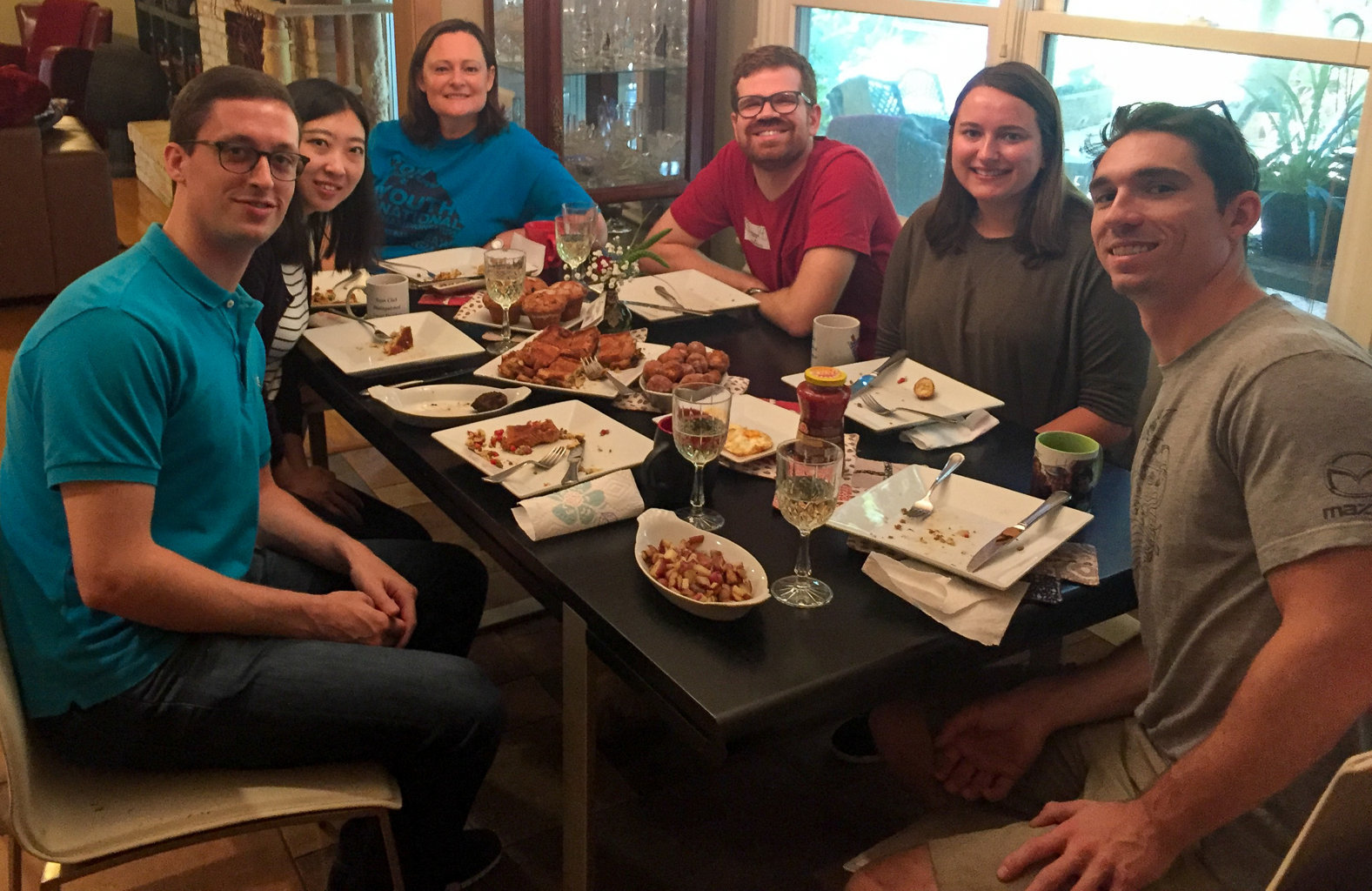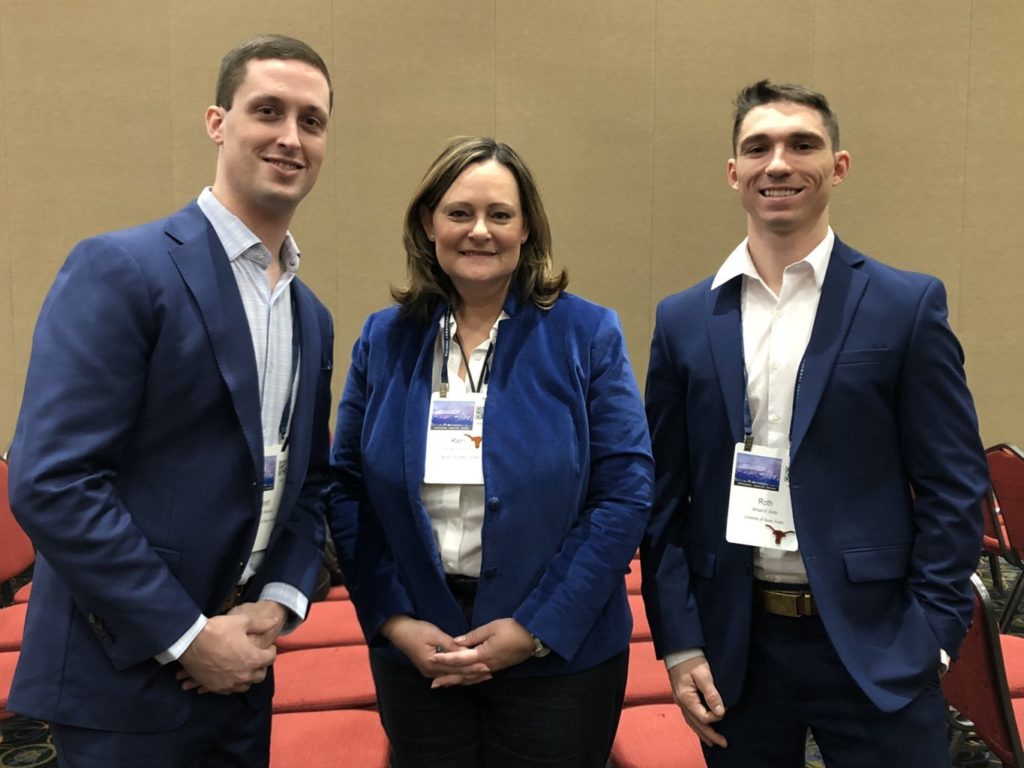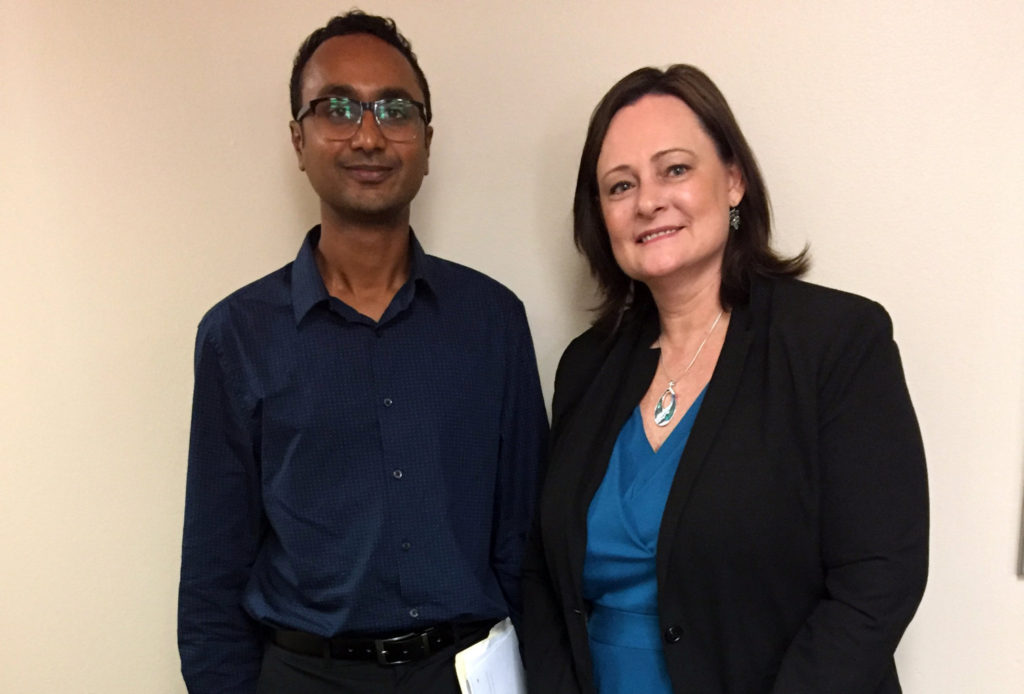We are very excited that one of our most recent papers was presented at the 2018 National Communication Association Conference on the Top Paper Panel! Click here to watch a brief overview of the paper.Stephens, K. K., Robertson, B. W., & Murthy, D. (2018, Nov.). Throw me a lifeline: The affordances of social media and mobile phones during rescues in Hurricane Harvey. Paper to be presented at the National Communication Association Conference, Salt Lake City, UT. Top Paper Panel Human Communication & Technology Division.
Paper Abstract:
This study uncovers how disaster rescuees draw upon the affordances of social and mobile media to post “calls for help” and get rescued. Guided by Schrock’s (2015) framework on mobile communication affordances, we used a qualitative approach to conduct field interviews that included Photo-Elicitation Interview (PEI) techniques to understand how and why people posted text and images on social media. These findings offer a contribution to human communication and technology research by revealing that when people need to be rescued, and they have ready access to social media via mobile devices, they draw upon the affordances of locatability, multimediality, and availability. Portability functions as a material feature of a mobile device, one that is essential, yet heightens the fragile nature of mobiles in a disaster. The affordance of locatability provides rescuees ways to share their location, find others, and directly communicate. Multimediality provides rescuees opportunities to boost their signals—i.e., calls for help—and rise above the inherently noisy disaster communication arena. Availability is invoked directly and transferred to trusted others because with direct availability also comes the dreaded battery drain, a top limitation of mobile communication during a disaster.


